-
Covers essential surgical procedures with detailed steps
-
Step-by-step best practices for operative techniques
-
Intraoperative decision-making strategies for real-world scenarios
-
Updated 2025 content aligned with ABSITE standards
-
Includes high-yield topics: trauma, oncology, and vascular surgery
-
Proven strategies to boost exam performance and OR confidence
-
Ideal for surgical residents preparing for ABSITE and clinical practice
Preview
An intubated patient has been on TPN for about a week. In an attempt to help get him
extubated, the RQ is measured at 0.85. This most closely correlates with which of the following?
a.) Lipogenesis
b.) Ketogenesis
c.) Pure carbohydrate metabolism
d.) Protein metabolism
e.) Pure fat metabolism – -CORRECT ANS- -(d)
Remember fat 0.7, protein 0.8, carb 1.0
A 40yr old patient undergoes a superficial parotidectomy for pleomorphic adenoma. Postop,
while eating a cracker, he notes slight burning & sweating on the ipsilateral face. What is the
most likely diagnosis?
a.) Bell’s palsy
b.) Cluster headache
c.) Frey Syndrome
d.) Trigeminal neuralgia – -CORRECT ANS- -(c)
post-gustatory sweating over parotid associated with parotidectomy — due to auriculotemporal
nerve damage — antiperspirant
A 32yr old patient falls over the handlebars of their bicycle. In the ER, they are holding their arm
away from their body slightly. On exam, there is a loss of the normal shoulder contour and a
palpable depression under the acromion. Which of the following nerves is at risk of injury given
the most likely injury?
a.) Axillary nerve
b.) Brachiocephaic nerve
c.) Ulnar nerve
d.) Radial nerve
e.) Brachioplexus injury – -CORRECT ANS- -(a)
These patients with humerus dislocation will hold arm slightly abducted and be unable to lower
it. The nerve at risk of injury is the axillary
A patient arrives to the ER after an MVA. There is an obvious deformity of the upper arm and
they are unable to extend their wrist or MCP joint The likely nerve injury sustained is
a.) Axillary nerve
b.) Brachiocephaic nerve
c.) Ulnar nerve
d.) Radial nerve
e.) Brachioplexus injury – -CORRECT ANS- -(d)
most commonly “spiral” fracture of humerus; also supra and intercondylar fractures can injure
the radial nerve
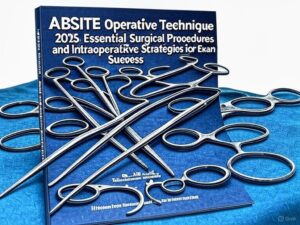




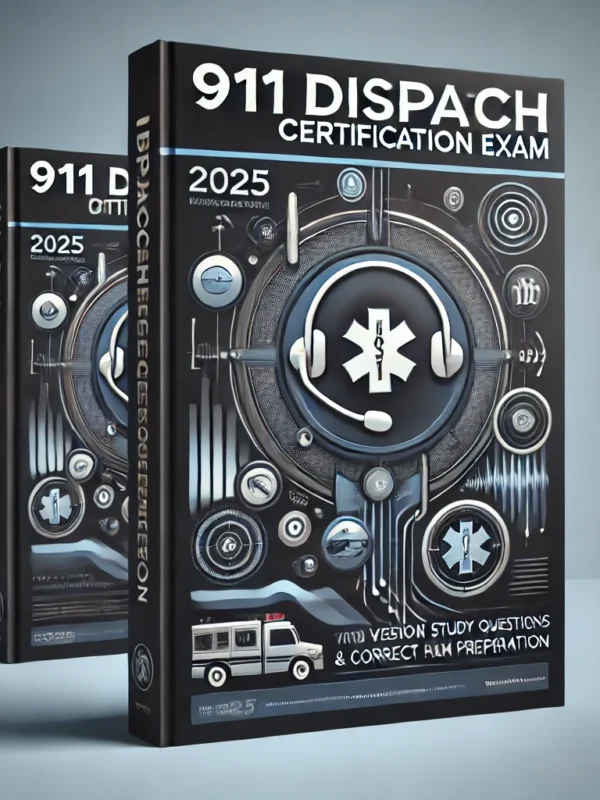

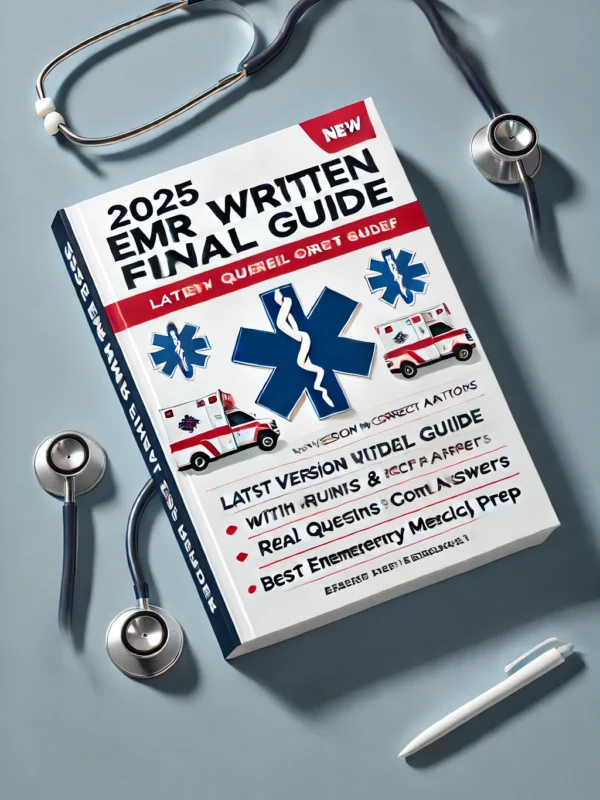
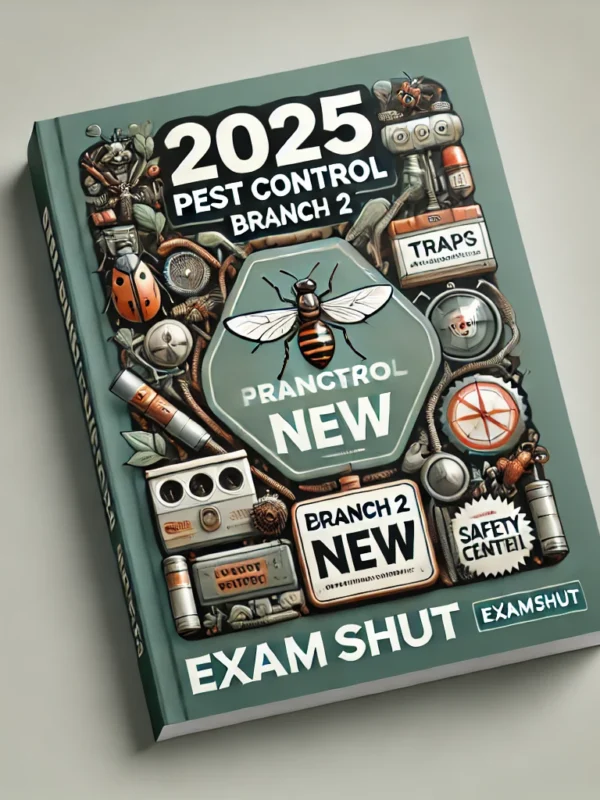
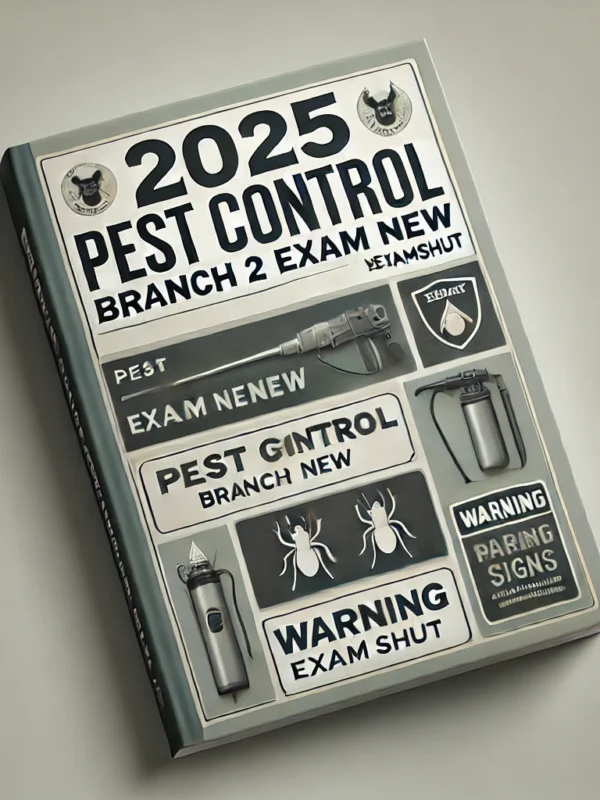
Reviews
There are no reviews yet.